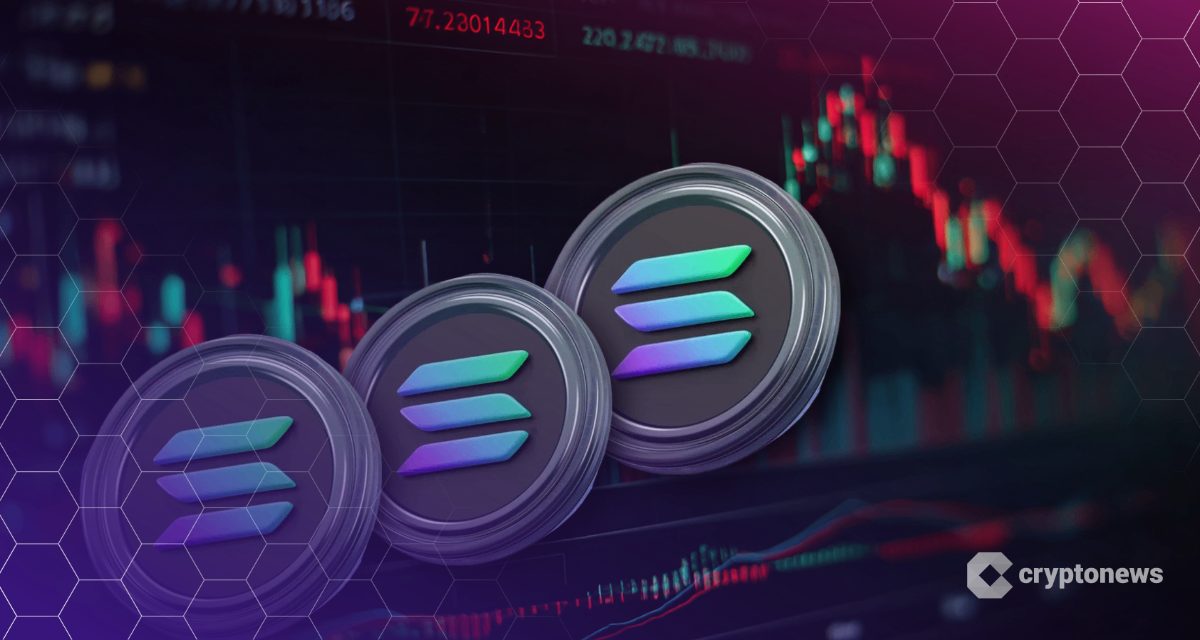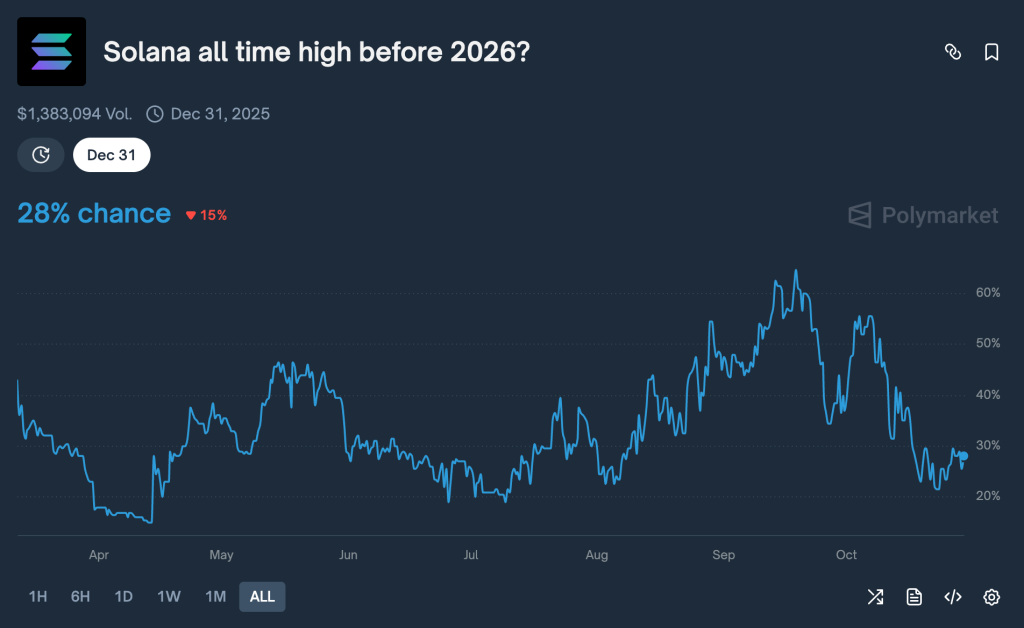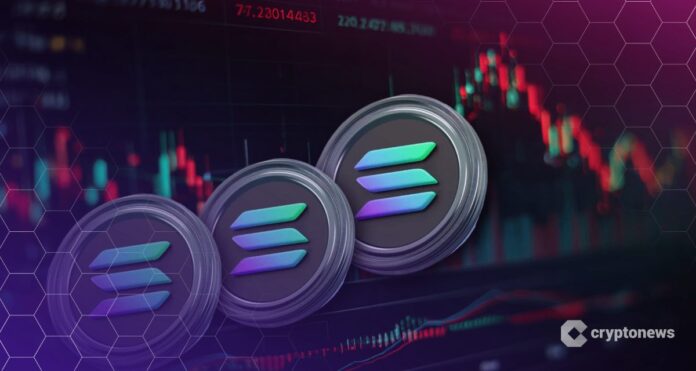Grayscale Enters the Solana ETF Market, Heating Up Competition
Grayscale Investments has launched its Solana Trust ETF, which began trading on NYSE Arca on Tuesday, marking the company’s first stake product to list under new general listing standards approved by the SEC. This move intensifies competition in the emerging Solana ETF market, where Bitwise’s debut product recorded $69.5 million in inflows on its first day.
The launch further expands Grayscale’s offering of digital assets, including Bitcoin and Ethereum, and offers investors access to Solana’s proof-of-stake blockchain via a well-known exchange-traded wrapper. GSOL is now the third Solana ETF to trade on US exchanges, joining Bitwise’s BSOL and Rex-Osprey’s SSK.
Grayscale’s Staking-Enabled Structure
GSOL has an expense ratio of 0.35% and holds 525,387 SOL tokens, 74.89% of which are currently staked to generate network rewards. Grayscale intends to pass on 77% of all staking returns to investors on a net basis, potentially resulting in an annual return of 5-6% based on historical Solana staking returns of 6-8%.
According to Inkoo Kang, senior vice president of ETFs at Grayscale, the launch is proof that digital assets are becoming “modern portfolios” alongside traditional stocks and bonds. Kristin Smith, president of the Solana Policy Institute, also noted that using ETPs allows investors to “secure the network, accelerate innovation for developers, and earn rewards for one of the most dynamic assets in modern finance.”
Bitwise Dominates Early Solana ETF Flows
Bitwise’s Solana ETF raised $69.5 million in its debut on October 28, nearly six times the $12 million raised by Rex-Osprey’s rival product. BSOL stakes 100% of its SOL tokens held internally to deliver Solana’s entire network yield to investors and charges a 0.20% management fee, which has been waived for the first three months.
Bitwise Chief Investment Officer Matt Hougan attributed the institutional enthusiasm to Solana’s on-chain yield leadership. “Institutional investors love ETFs and they love income,” he said. “Solana has the highest revenue of all blockchains. This is why institutional investors love Solana ETFs.”
Solana Challenges Ethereum’s Institutional Dominance
Maria Carola, CEO of StealthEX, sees the launch of the Solana ETF as a pivotal moment in the battle for Layer 1 blockchain dominance. “The launch of a spot ETF on Solana is a signal triggered in the protracted battle for dominance in the Layer 1 blockchain space,” she said. “For the first time, institutional investors are being asked to view Solana as a macro asset in its own right.”
Carola notes that forecasts for $3 billion in ETF inflows over the next 12 to 18 months depend on Solana maintaining its momentum in DeFi expansion and network stability in 2024. She acknowledges that while Solana offers technological advantages in terms of speed and scalability, “it is Ethereum’s fundamentals, such as stability, institutional reputation and integration into the global financial system, that maintain its leadership position.”
Regulatory Momentum Builds Across Multiple Blockchains
The Solana ETF wave follows the October approval of China Asset Management’s SOL spot fund in Hong Kong, which began trading on October 27 with a minimum investment of $100. The product has a management fee of 0.99% and a total expense ratio of 1.99%. This makes Solana the third cryptocurrency to receive spot ETF approval in the area, after Bitcoin and Ethereum.
Several US issuers, including VanEck, Canary Capital, Franklin Templeton, Fidelity and CoinShares, have also received approval for Solana ETF proposals. Recently, Bloomberg analyst Eric Balchunas confirmed that the SEC is expected to approve the first Hedera and Litecoin ETFs, with listing announcements for Canary’s HBAR and LTC products scheduled for October 28th.


Source: Cryptonews

